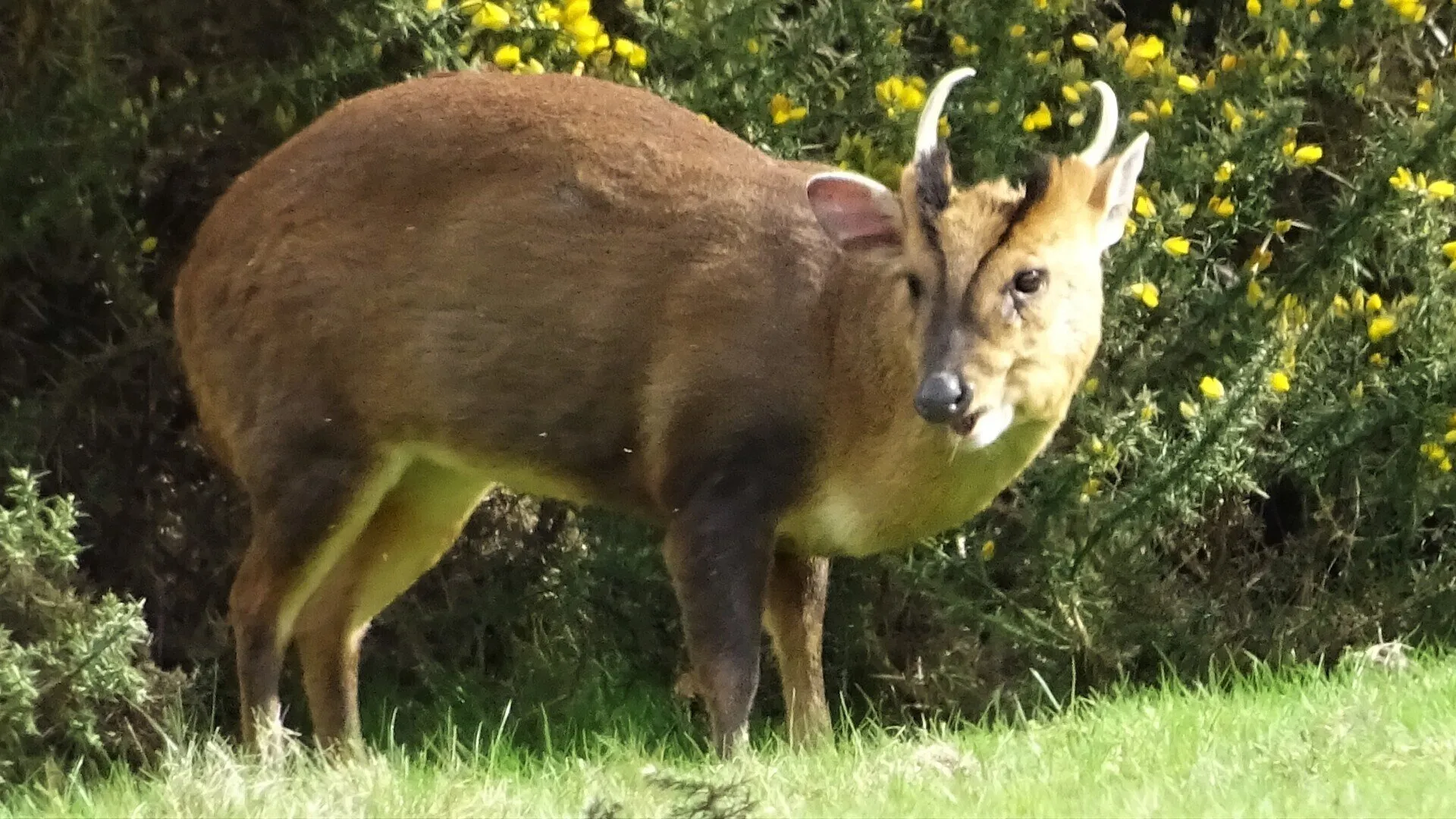
Slide title
Muntjac Deer Muntiacus reevesi
©Raymond Small TQ4792 06/04/2018
Button
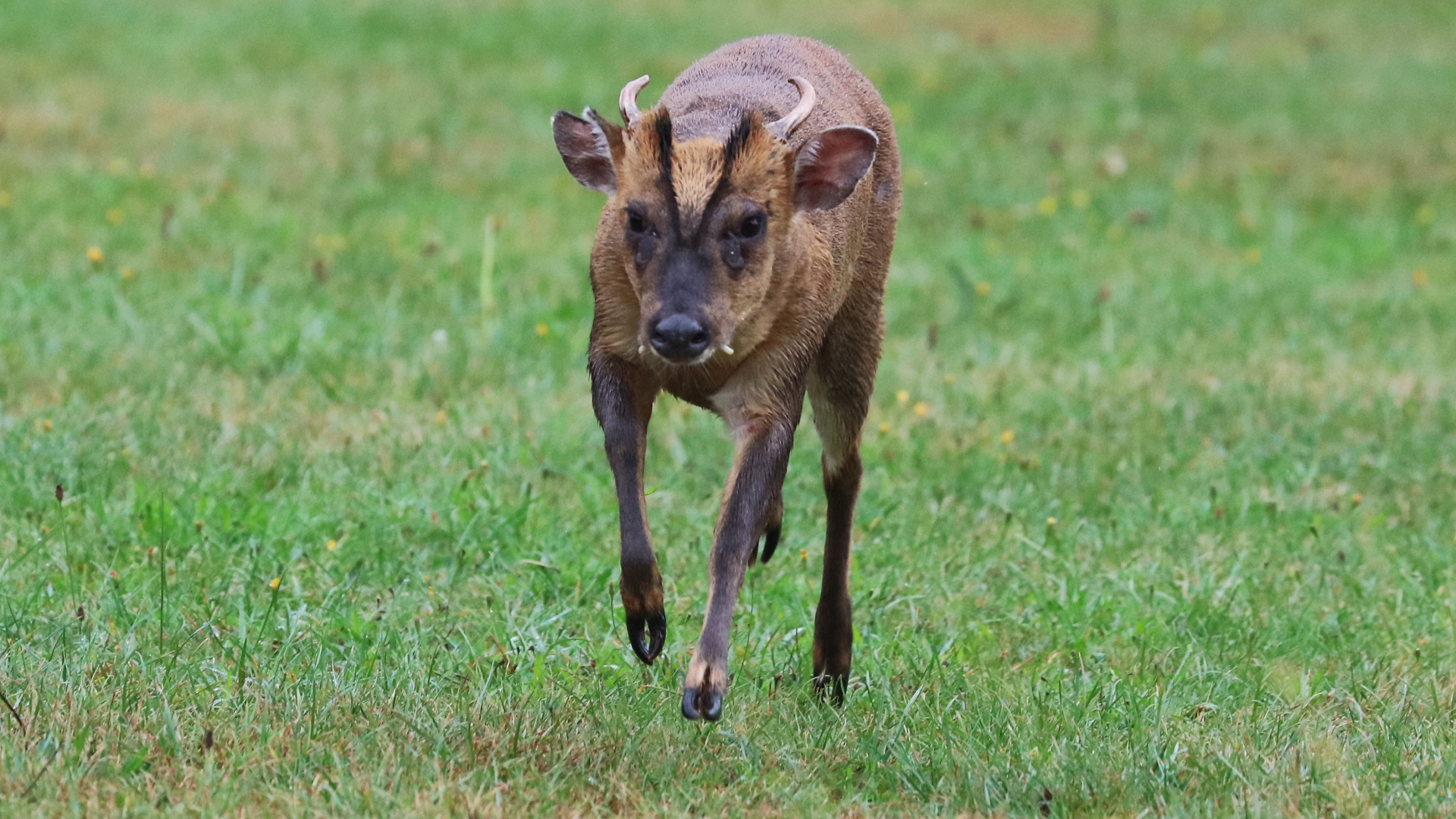
Slide title
Muntjac Deer Muntiacus reevesi
©Michael Trump TQ4792 08/09/2024
Button
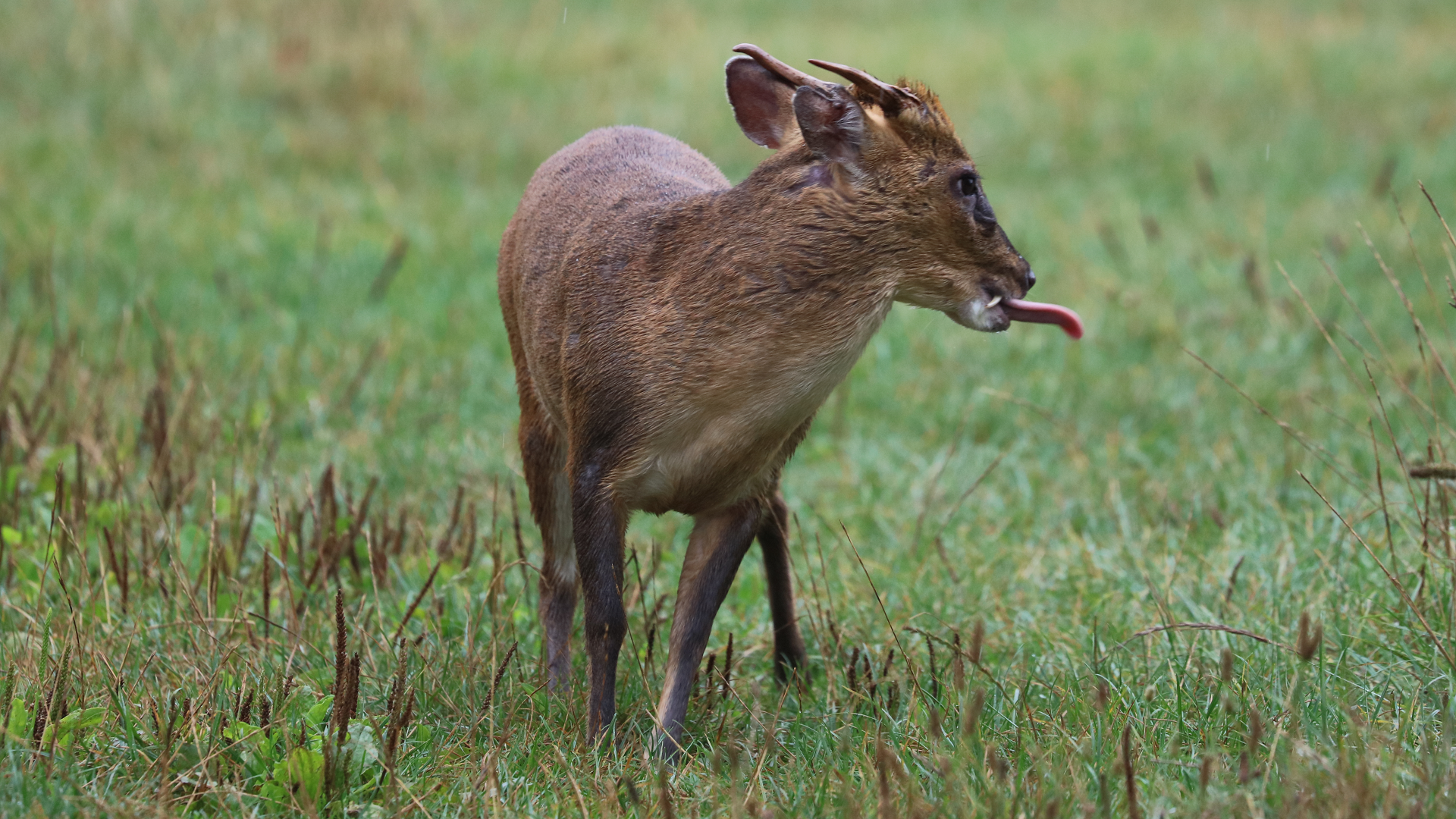
Slide title
Muntjac Deer Muntiacus reevesi
©Michael Trump TQ4792 08/09/2024
Button

Slide title
Muntjac Deer Muntiacus reevesi
©Mike Rumble TQ4792 18/09/2023
Button
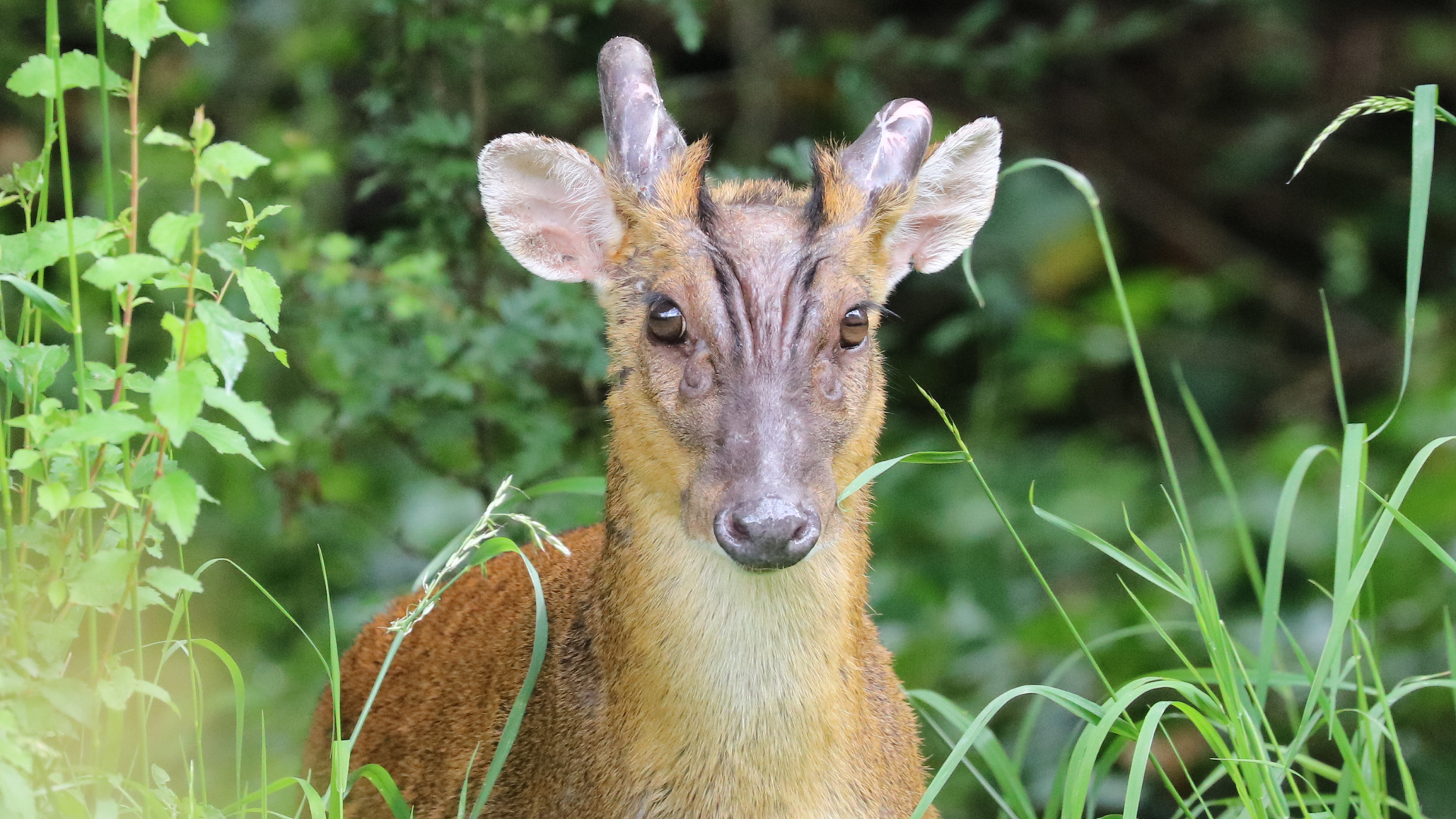
Slide title
Muntjac Deer Muntiacus reevesi
©Michael Trump TQ4792 15/06/2024
Button

Slide title
Muntjac Deer Muntiacus reevesi
©Mike Rumble TQ4792 18/09/2023
Button

Slide title
Muntjac Deer Muntiacus reevesi
©Mike Rumble TQ4792 05/04/2023
Button

Slide title
Muntjac Deer Muntiacus reevesi
©Michael Trump TQ4792 13/03/2023
Button
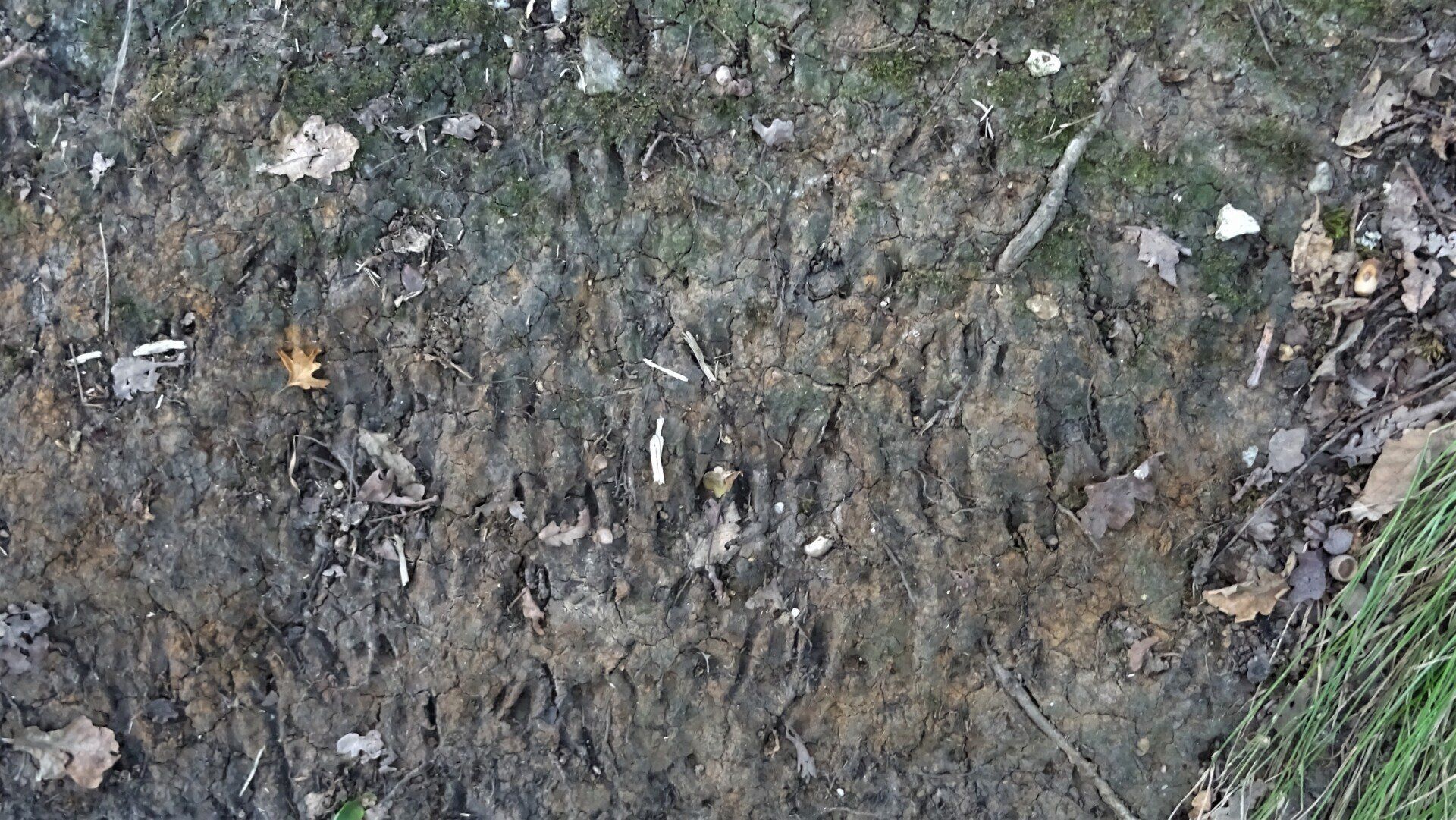
Slide title
Muntjac Deer Tracks
©Raymond Small TQ4792 25/09/2022
Button
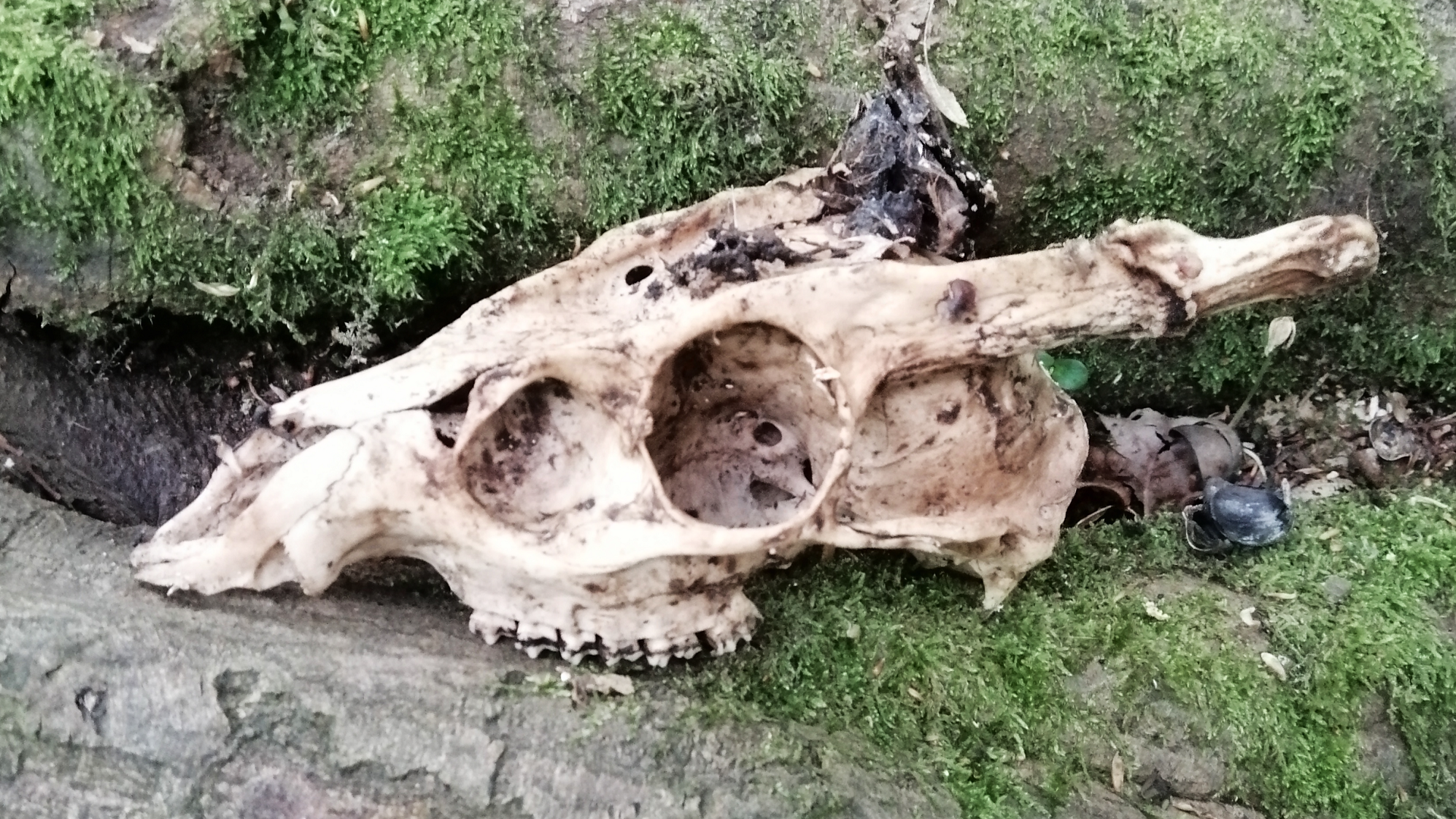
Slide title
Muntjac Deer Skull
©Sue Dunk TQ4793 23/04/2024
Button

Slide title
Muntjac Deer Muntiacus reevesi
©Raymond Small TQ4792 06/04/2018
Button

Slide title
Muntjac Deer Muntiacus reevesi
©Michael Trump TQ4792 08/09/2024
Button

Slide title
Muntjac Deer Muntiacus reevesi
©Michael Trump TQ4792 08/09/2024
Button

Slide title
Muntjac Deer Muntiacus reevesi
©Mike Rumble TQ4792 18/09/2023
Button

Slide title
Muntjac Deer Muntiacus reevesi
©Michael Trump TQ4792 15/06/2024
Button

Slide title
Muntjac Deer Muntiacus reevesi
©Mike Rumble TQ4792 18/09/2023
Button

Slide title
Muntjac Deer Muntiacus reevesi
©Mike Rumble TQ4792 05/04/2023
Button

Slide title
Muntjac Deer Muntiacus reevesi
©Michael Trump TQ4792 13/03/2023
Button

Slide title
Muntjac Deer Tracks
©Raymond Small TQ4792 25/09/2022
Button

Slide title
Muntjac Deer Skull
©Sue Dunk TQ4793 23/04/2024
Button
Muntjac Deer were introduced to Woburn Park in Bedfordshire from China during the early 1900s. These tiny deer can now be found across most of South East England after some escaped. Males known as 'Bucks' have short, unbranched, sloping-backward antlers that regrow, and a pair of long canine teeth. Although males have antlers they tend to fight for territory using their teeth. There is no seasonal rut. Females known as 'Does' can breed all year-round normally bearing only one 'Kid' at a time.
Unlike other types of deer Muntjac are fairly solitary creatures, so they use scent-marking more than other deer to communicate. They have scent glands (the long v-shaped slits) on the forehead which they rub against trees or the ground. In front of the eyes there are also pre-orbital glands which the Muntjac often licks with its long tongue. It is thought they do this to recognise their own scent. Males scent-mark more frequently than females and dominant males more than their underlings.
Muntjac skulls can be identified by their large suborbital pits, the bones that sit beneath the eye sockets. Tusks sticking out indicate a male.











